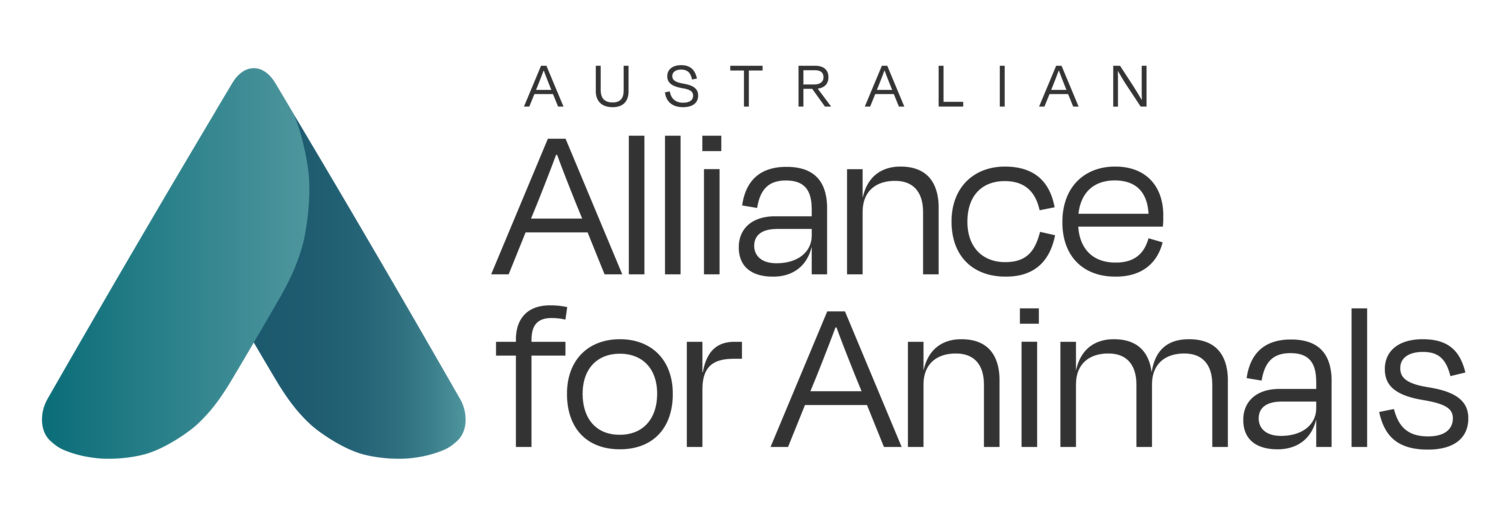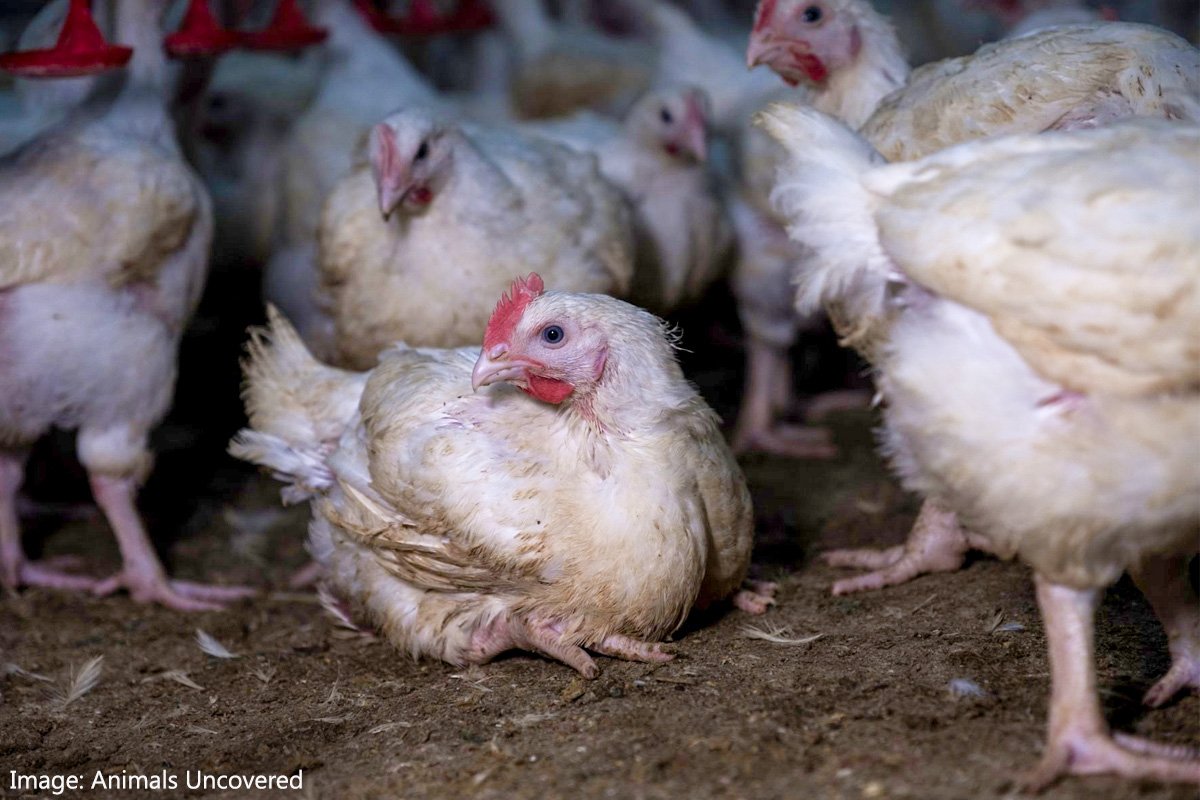What does adequate funding for animal welfare services mean?
The push to improve animal welfare in Australia hinges significantly on securing adequate funding for animal welfare services. Currently, animal welfare services lack adequate funding, which impacts the development, implementation, and enforcement of robust animal welfare standards.
Securing adequate funding to support and enforce animal welfare services is an essential part of the Fair Go for Animals campaign.
Animal welfare receives less than one per cent of funding allocated to department of agriculture.
Funding and resourcing for programs and services is a strong indicator of a government’s priorities. From this, it is evident that animal welfare is currently a low priority issue, receiving less than one per cent of the funding allocated to departments of agriculture. In fact, departmental spending records rarely even provide details of animal welfare services. In the rare cases where they do, it is generally linked to other areas of priority, such as biosecurity, promoting industry sustainability, and market access.
In contrast, funding directed towards livestock industry research and development equated to over $165 million in 2021/2022, alone. The disparity in funding is a symptom of how the animal welfare governance system is set up. Animal welfare is primarily managed by departments and ministers of agriculture, whose focus is primarily on promoting commercial industries rather than safeguarding animal welfare. This fundamental conflict of interest often leads to underfunded animal welfare initiatives, significant delays in policy reform, and a lack of robust enforcement mechanisms.
“Governments must invest considerably more resources in animal welfare services to meet the needs and expectations of both the community and Australia’s trading partners in the coming decade and beyond.”
A lack of funding hinders progress in animal welfare.
Industry control
The lack of funding allocated to animal welfare has also led governments to rely on livestock industry groups to fund the development of national standards. As a result, industry bodies have an additional layer of influence and control over the process. Sheep, cattle, and poultry industry bodies have contributed approximately one third of the funding required to produce standards for their respective sectors.
Significant delays in implementing standards
Limited funding and resources results in significant delays in the review of standards. On average, processes take between 5 to 10 years from drafting to implementation under state and territory law.
Lack of enforcement
Enforcement of animal welfare laws also suffers due to inadequate funding. Charitable organisations, such as state and territory RSPCAs provide greater levels of funding for enforcement services than state and territory governments. Such reliance on public donations and charitable funding for law enforcement is unprecedented in other areas of criminal law.
The Australian chicken meat industry breeds fast growing chickens that grow to abnormal sizes at an unnatural rate, despite knowing the animal welfare implications. Chickens are also kept in sheds in the tens of thousands which prevents natural behaviours and are killed using inhumane methods.
Outdated standards and practices like these are permitted due to industry control and the glacial review of outdated standards.
Image: Animals Uncovered
What does adequate funding mean?
Given the high public interest in animal welfare, it is imperative that federal and state governments significantly increase their funding of animal welfare policy and enforcement services to align with community expectations and international standards. Even a doubling of current funding levels would represent only a small fraction of overall departmental budgets, making it a feasible adjustment for future expenditure.
Adequate funding for new animal welfare reforms proposed under the Fair Go For Animals reform framework, such as the National Animal Welfare Commission and State Animal Welfare Authorities, would require additional expenditure, but such reforms may also lead to cost savings for government by reducing duplication between agencies.
Establishing a National Animal Welfare Commission will provide national direction and drive important animal welfare reforms. To carry out these functions effectively, the proposed operating budget is approximately $15 million per year. Part of this funding could be sourced via reallocation of existing resources for related functions already undertaken by the federal Department of Agriculture. Additional funding would also be needed to renew the Australian Animal Welfare Strategy, with a budget of approximately $2 million per year.
Creating Independent State Animal Welfare Authorities will lead to a more robust and independent regulatory framework and deliver better outcomes for animals. The level of funding required would depend on the size of the jurisdiction, resources provided by other agencies, and the proposed functions of the Authorities. Most of this funding could be sourced via reallocation of existing resources for equivalent regulatory services already carried out within state agriculture departments.
Funding needed to establish State Animal Welfare Authorities
Support the call for increased funding for animal welfare services.
To build a fairer Australia for animals, adequate funding must be provided for animal welfare policy and enforcement services. This should be commensurate with the community’s increasing levels of concern for the proper care and wellbeing of animals.




